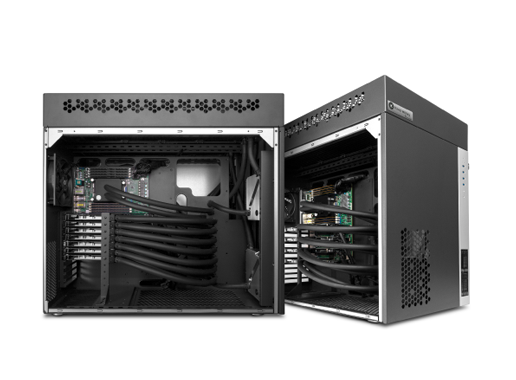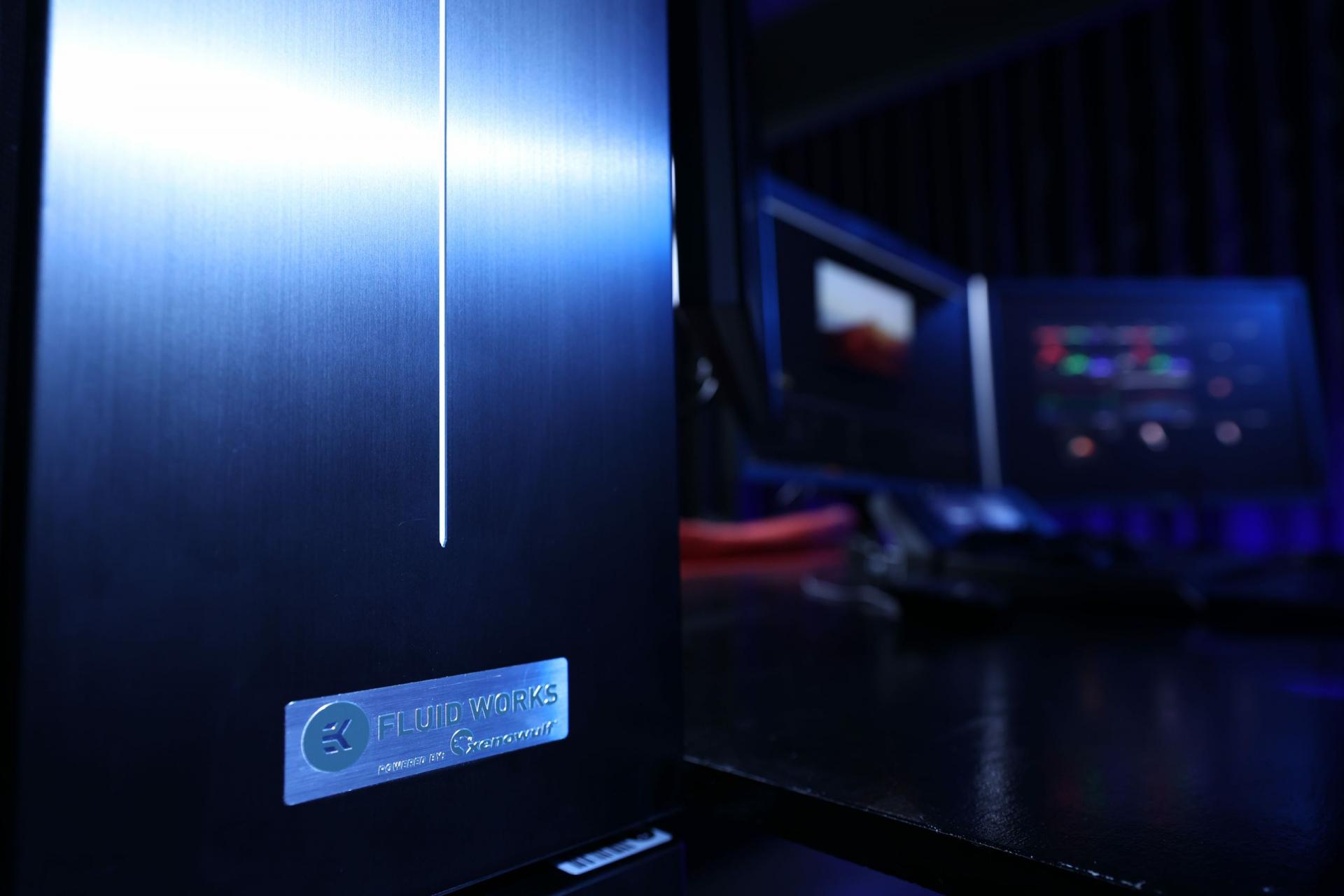
Choose the Right VFX Workstation for Your Workflow
11/12/2021 4:19 PM
Picking the right tool for the job can be a pretty daunting task, especially when that tool costs thousands of dollars and can affect your entire workflow to a large degree. That is why we have taken the liberty of writing this blog in order to ease the ordeal of picking the right VFX workstation and configuration to suit your needs and job requirements. You can always go with a maxed-out configuration and cover all your bases in one swoop, but that might not be the best use of your resources and leave a lot of your systems’ capabilities underutilized. Optimization is key!
VFX computer optimized for working with textures and still shots
Regardless of which program you end up using to create the next most popular stock texture or creative background, you will need a solid base to let your imagination flow. A MacBook or Surface laptop will only get you so far before the complexity of a project grinds them to a halt. High single-core CPU performance and copious amounts of RAM (at least 32GB) are a necessity in order to carry out complex layer work. CPUs with a high core count (more than 8 cores) will go a long way in speeding up the render and export process. The GPU can take a backseat in this one, but depending on the effect applied, some solid computational power in the form of a RTX 3080 might be required.
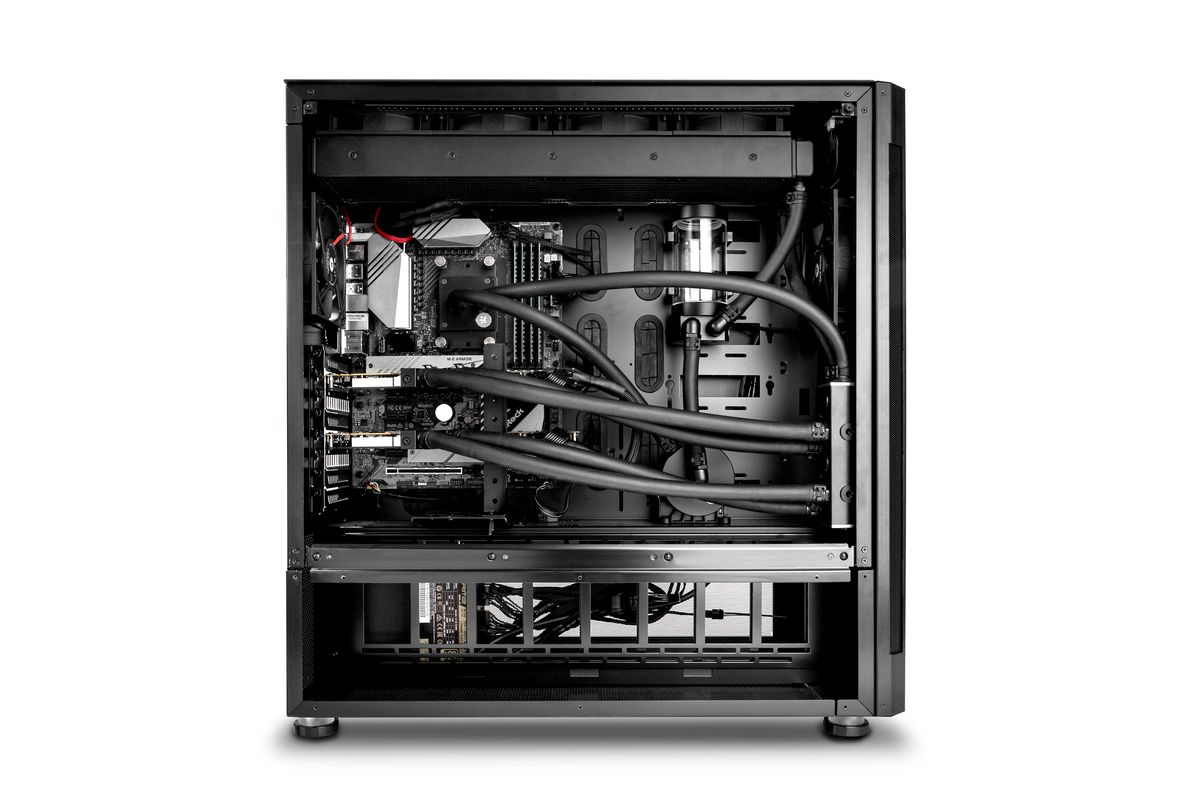
The Studio series S3000 ticks all these boxes with the AMD Ryzen 5900X or 5950X, which reign supreme in terms of single core performance and have up to 16 cores at their disposal to churn through demanding projects. They are supported with up to 128GB of RAM, enough to sate even the hungriest Chrome tab legions and with plenty of room to spare all the other creative software that is open alongside it. All liquid-cooled to ensure maximum core frequency and quiet for an uninterrupted work environment.
Workstations suited for creating 3D environments, animations, and 3D modeling
If you are planning to utilize Blender, Unreal Engine, or Cinema 4D, you will need a more multifaceted approach to picking the desired hardware of the workstation. We need a good blend of single core performance and capable GPUs for seamless high polygon sculpting and real-time manipulation of wire frames. We also need enough RAM and storage to hold all our work in one go. And, of course, we require a render performance that is strong enough that we don’t feel like we are watching paint dry while the machine struggles to transfuse our imagination into reality.
One subcategory is virtual in-camera VFX, which relies heavily on GPU “horsepower” and copious amounts of VRAM to render photorealistic 3D worlds around actors on LED walls or green screens.
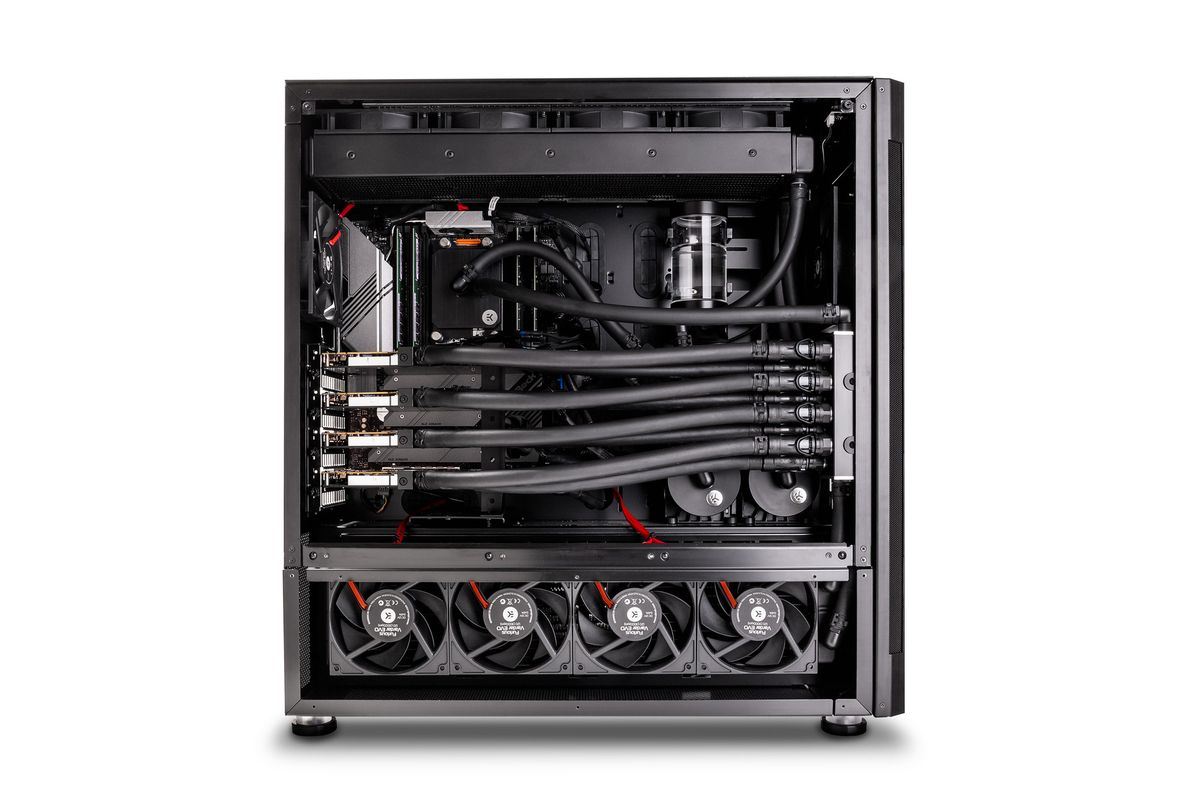
Something like the Fluid Works S5000 would be more than sufficient to cover all those bases and offer a smooth and enjoyable work experience, while staying cool no matter how complex the project gets.
Dedicated VFX render workstations
While you are growing your business and have relatively little capital, hiring a render farm to do the heavy lifting for you can be a smart choice, but you will quickly find out that it is heavily affecting your bottom line. The choice becomes either (a) expending thousands of dollars to rent out render farm capacity to finish your work on time or (b) taking the plunge with a one-time payment and making your own dedicated render station. It can be a difficult decision.
The key is to decide on a good platform that is upgradable! You can start out with one or two GPUs and a strong multi-core CPU and that will get you off the ground and into the “green” in a short time. Later, as your work expands, more GPUs can be added to boost your productivity.
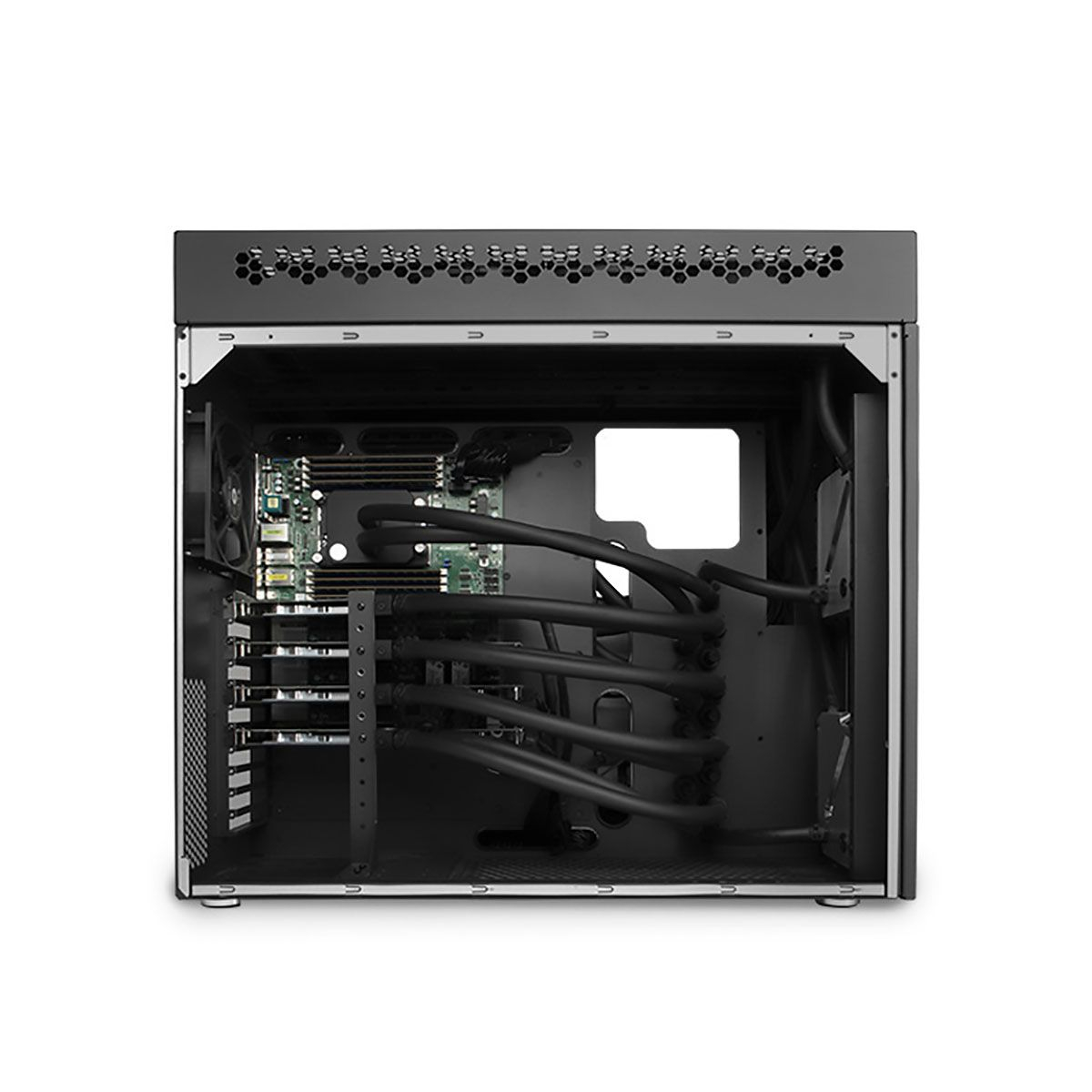
One such solid foundation would be the Fluid Works X5000 from the Compute series. The starting configuration of two NVIDIA RTX 3090 and AMD TR 3960X CPUs will make short work of your demanding renders. Such powerful components produce a lot of heat when under a heavy load and with renders taking hours to days to finish, that can create problems with the cooling system, not to mention the noise pollution. That is why the X5000 is equipped with the most modern liquid cooling from EK that can take the heat and do it quietly. We dive into more details regarding the cooling system here. And as an added bonus, the unique QDC system makes the process of adding more GPUs a complete walk in the park.
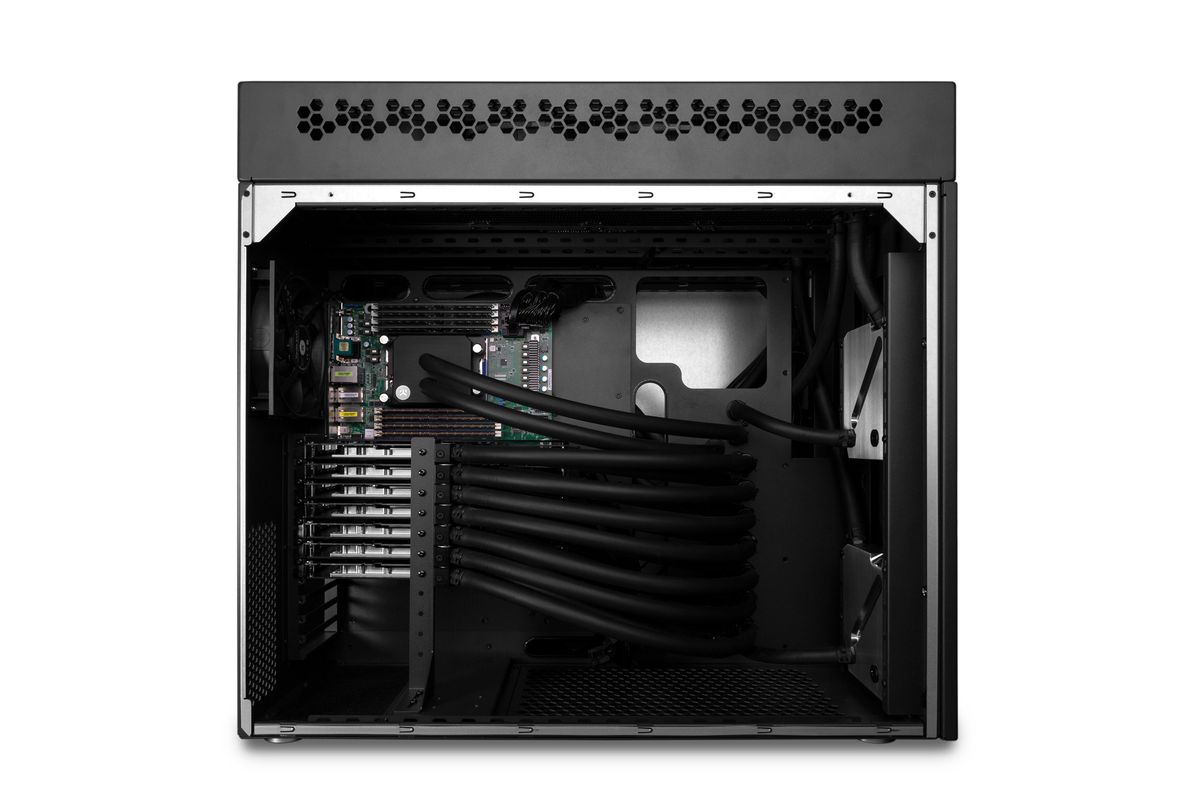
Now, if you are a real power-user who needs every bit of performance you can get, we’ve got you covered! The Fluid Works X7000 will be an easy addition, sporting up to 7 fully liquid-cooled GPUs and with the entire liquid cooling loop contained within the chassis. It also features redundant pumps for the utmost reliability and stability during extended workloads.
Conclusion
A purpose-made VFX workstation will make your work easier allowing you to get more of it done and, at the end of the day, both you and your clients will be happier for it. If you are still unsure what configuration would be right for you, our experts are always available to lend a hand!







